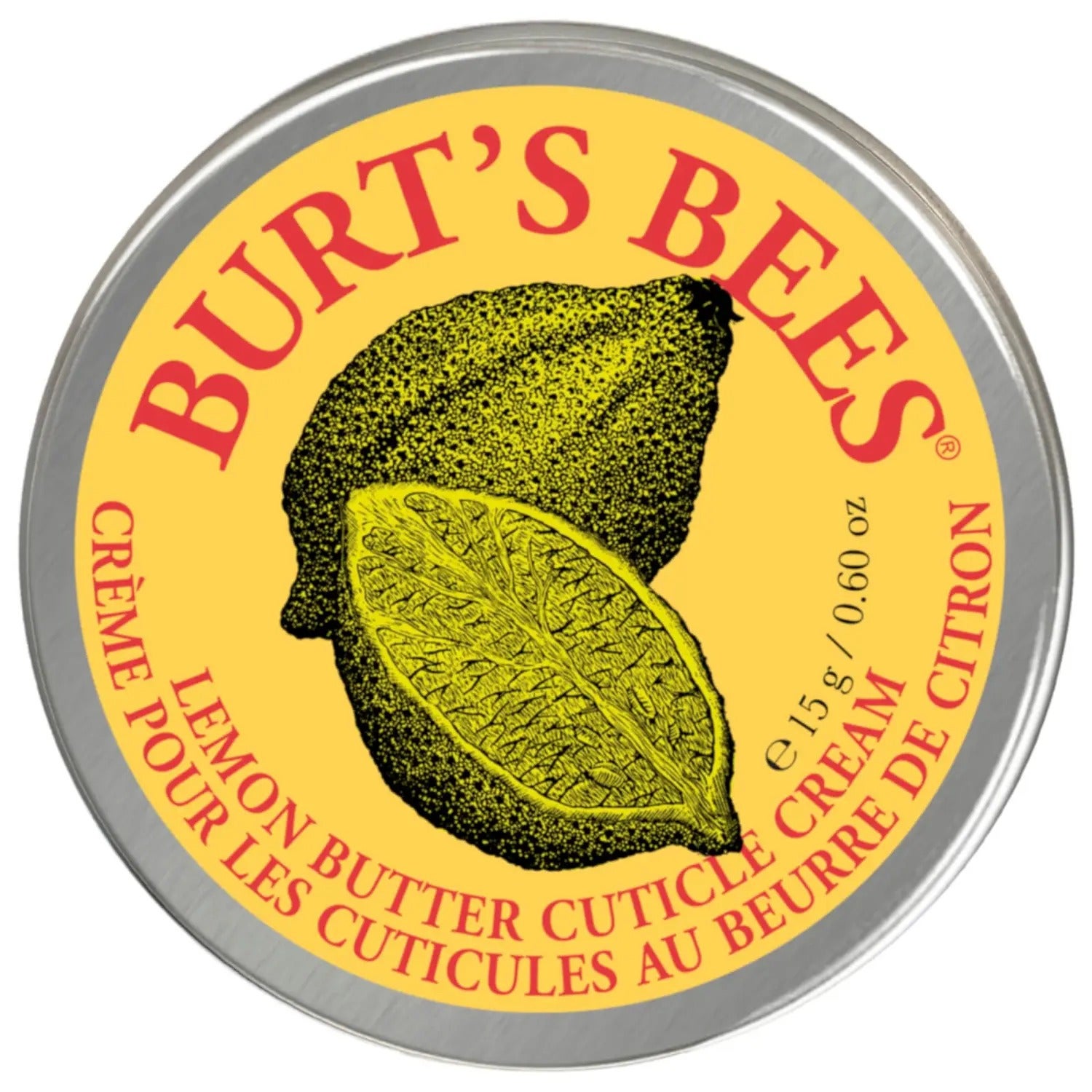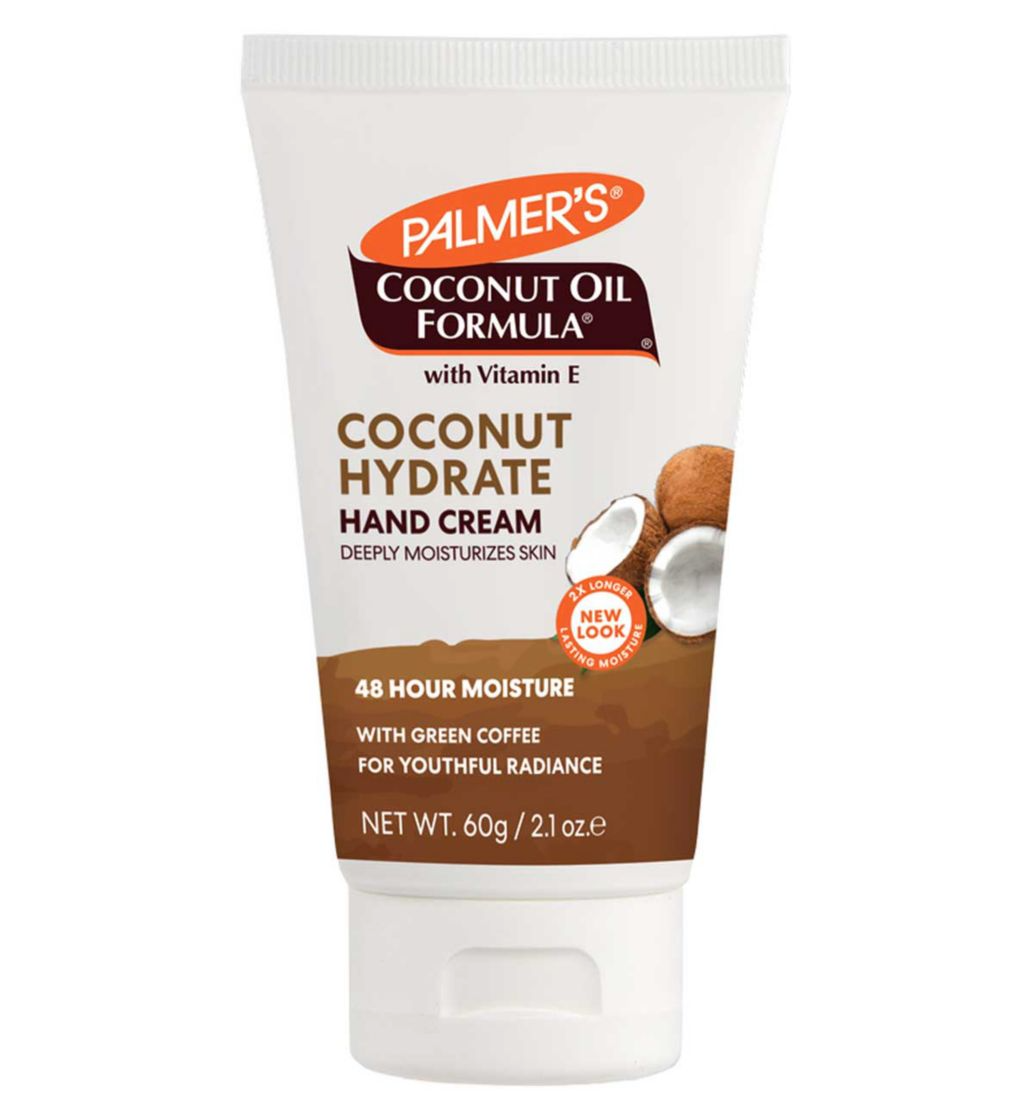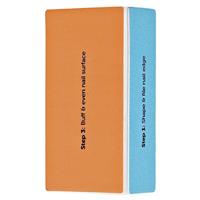At Refinery29 Australia, we’re here to help you navigate this overwhelming world of stuff. All of our picks are independently selected and curated by the editorial team, but we may earn commission or other compensation from the links on this page.
There's always something new keeping us entertained in the nail world. So far this year, we've spotted SNS nails (a colourful powder, which is applied to the nail and hardened) and BIAB (also known as Builder In A Bottle, a gentle type of gel). Then came the Italian manicure, said to make nails appear longer, and the Russian nail trend (arguably the cleanest manicure you'll have).
AdvertisementADVERTISEMENT
If Instagram is anything to go by, they're all about creating cool custom designs and adding length. Rarely are any of these techniques a remedy for dry, brittle and weak nails.
But the latest TikTok trend getting plenty of well-deserved attention is the Japanese manicure — and it's here to give your natural nails some serious TLC.
What is the Japanese manicure?
The Japanese manicure is a ritualistic experience first and foremost, says nail expert Gabriella Ferenczi from Figaro London. Often referred to as 'P.Shine' after the company that brought the ritual to the masses, the method is thought to date back around 400 years in Japan.
The Japanese manicure has one main aim: to improve the health of your nails and give them a beautiful pearlescent finish, like these nails posted to Instagram by @sweettreatvienna. "In essence, it's about massaging nutrients deep into your nail plate to make your nails super healthy so that they shine on their own without the need for a drop of polish," explains Gabriella. The method doesn't promise any additional nail length or out-there nail art. Instead, it can transform neglected, weak nails, especially those that have been subjected to gels or acrylics.
We're talking strictly kind-to-the-nail tools, no harsh solvents and absolutely zero nail polish. You might be thinking, so what’s the point? It's all in the name of nail health. Given that many of us go against every nail technician's wish of using cuticle oil every day, it's just the ticket for breathing life into dry, damaged nail beds and turning them into pearly new canvases. Take inspiration from these nails posted to Instagram by @ma.mi.nails.
AdvertisementADVERTISEMENT
@coconailbarlondon Back to basics with a Japanese Manicure. Shine no polish #fyp #malegrooming #viral ♬ Wait A Minute! (Duckhead Edit) - Duckhead the Bedroom DJ
In line with the manicure's age-old roots, no metal tools or solvents are used throughout the process. "Only ceramic nail files and traditional polishing units and natural oils are used," says Gabriella. As this is a very old practice, some salons enlist deer or calfskin files and cloths. However, nowadays, many salons opt for cruelty-free tools and if you're doing this at home, you can just use a simple nail buffer.
London-based session manicurist Ami Streets says: "It really brings the manicure routine back to basics. You're incorporating the application of oils, pushing back (but not cutting) the cuticles and providing a hand massage." Not only does the Japanese manicure impart a beautifully groomed aesthetic, it also gives nails a break from the use of electric tools (potentially damaging if used incorrectly) or nail polish formulas (which can often stain), adds Ami. "It's great for rest periods between gel polish or extensions, as you can get nails and hands back into optimum condition."
What happens during the Japanese manicure?
The first step in a traditional Japanese manicure is cleansing and shaping your nails with a nail file, and pushing the cuticles back. A gentle cuticle remover may also be used here, whether a lotion or a snipping tool.
Next, the nail plate is smoothed using a buffer and a stiff brush. Thirdly, a green paste is applied onto the nail plate. It's typically made from a mix of vitamins A and E, bee pollen, keratin (a protein found naturally in nails) and silica (a mineral from the Sea of Japan), explains Gabriella. "It has a characteristic green colour and also contains different oils such as jojoba, bamboo, ylang-ylang and red tea." This is then gently buffed in using a chamois (a natural leather) tool.
AdvertisementADVERTISEMENT
Once all the nails have been buffed with the paste, the manicurist gently buffs a mineral powder into each nail plate, again with the chamois. The powder (often known as P.Shine powder) is made from diatomaceous earth (a naturally occurring, soft sedimentary rock that can be crumbled into a fine powder) as well as beeswax, explains Gabriella. "It's used to seal in the nutrients from the paste and to give the nails a slight pink sheen that lasts for about two weeks."
When combined, the paste and powder trap in moisture and nutrients to lend the most incredible gleam. It's hard to believe the result isn't actually caused by a high-shine top coat. The final step is a good hand massage using thick creams and cuticle oils.
Can the Japanese manicure help weak nails?
That's exactly what it can do. "The Japanese manicure is essentially a strengthening treatment for brittleness," says Gabriella. The ingredients in both the powder and paste are great for reinforcing weak nails. "Beeswax in particular is an excellent emollient, which means it retains moisture," says Ami, while the addition of keratin can help to rebuild the nail structure.
The hand massage is also important. "Using nourishing products will result in smooth, hydrated and healthy skin, as well as strong, flexible nails that withstand wear and tear and are able to grow," says Ami. When it comes to moisturising your hands, Ami adds, consistency is key.
@lemaribeauty Japanese manicure, from dull nails to shiny, without using nail varnish 👌🏼#españa #españa #tenerife #manicura #beauty ♬ Do It To It - ACRAZE
Ami predicts that treatments like the Japanese manicure are only going to grow in popularity and Gabriella agrees. "We definitely see a demand for health-conscious manicures where the focus is on natural ingredients," she says. "The Japanese manicure is a good choice for someone who wants to take a break from extensions and gel polish especially."
AdvertisementADVERTISEMENT
Can you do a Japanese manicure at home and how long does it last?
Similar to gel polish, the naturally glossy effect of the Japanese manicure lasts up to two weeks. If you fancy giving this manicure a go at home, you can buy the P.Shine kit, $79, but it might set you back a little more than a regular buffer, which you can get from somewhere like Chemist Warehouse or Priceline. Try the Sally Hansen 'No More Ridges' Smoothing Block, $4.99, which has file, buff and shine edges. When it comes to sealing in moisture, R29 rates Burt's Bees Lemon Butter Cuticle Creme, $10.85, with vitamin E plus beeswax, similar to the paste used in a professional Japanese manicure. Lastly, a great hand cream is a must. Try Palmer's Coconut Oil Formula Coconut Hydrate Hand Cream, $6.49, with moisturising glycerin and a handful of oils.
Want more? Get Refinery29 Australia’s best stories delivered to your inbox each week. Sign up here!
AdvertisementADVERTISEMENT









